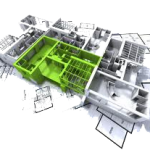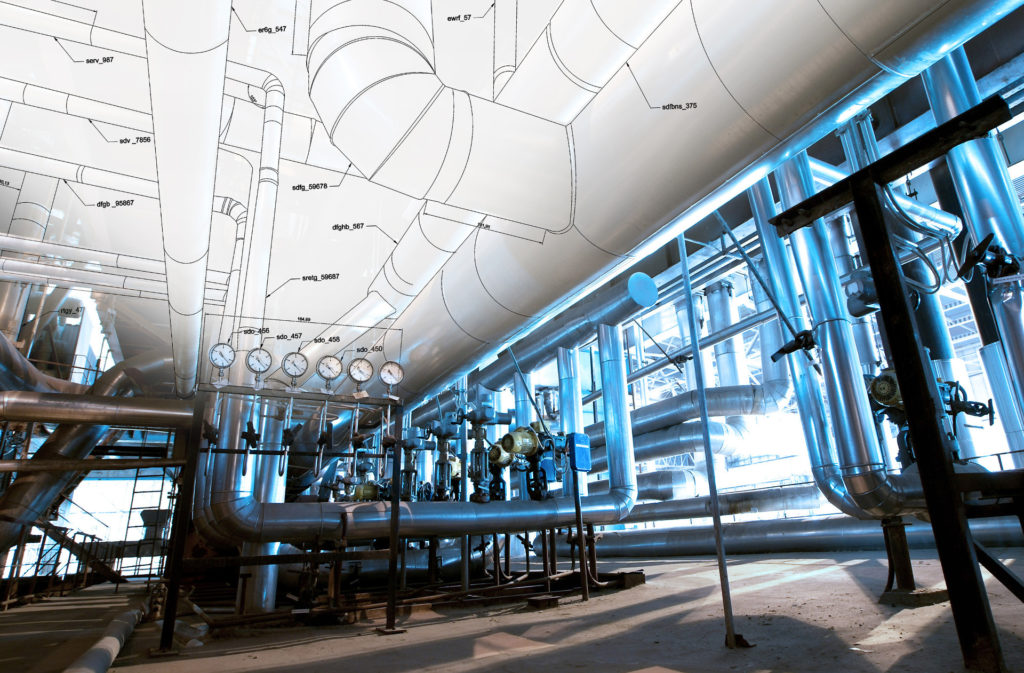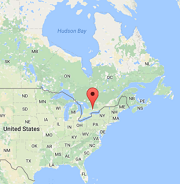
For most of our academic & professional lives, we communicate, plan and design in two-dimensions, 2D. One of mankind’s earliest and most prolific tools, a piece of paper, is 2D in it’s most basic form. Since early childhood we learn to draw, write and read in 2D. Unsurprisingly, our most common modes of visual design and visual communication is only in two dimensions.
As humans, the third dimension is all around us. Anyone working with physical medium is very aware of this. Yet regular use of the third dimension is missing from many lines of work. When any 3D object needs to be described in 2D, a series of necessary but unnatural 2D projections must be used to adequately and accurately represent any 3D concept. Despite drafters and engineers preparing these dimensional projections for centuries, their deliverables have always been lacking a full spatial understanding, to novice or event expert interpreters alike.
With the advent of 3D design software, graphics cards and even more recently 3D printers, the technology is literally at our finger tips. This rich toolset allows for many ways to fully capture, model and present 3D concepts. For example: an immersive virtual reality (VR) tour of a home’s architectural design, a computer-generated 3D animation of a machines moving parts, a 3D printout of a prototype object design. These native dimension representations allow a much fuller and more complete understanding of the model being communicated. The value of these early insights in many lines of businesses can be invaluable. They provide the ability to truly visualize, inhabit and test in the real 3D world.
For drafters and engineers accustomed and training to working only in 2D, the jump to 3D can be a challenge. Certainly paper always is, but even many not so old AutoCAD designs, only exist in 2D design space. DCM can help your company make the jump by converting your 2D artifact drawings (digital or paper) to 3D CAD models. Contact us to learn more today.



